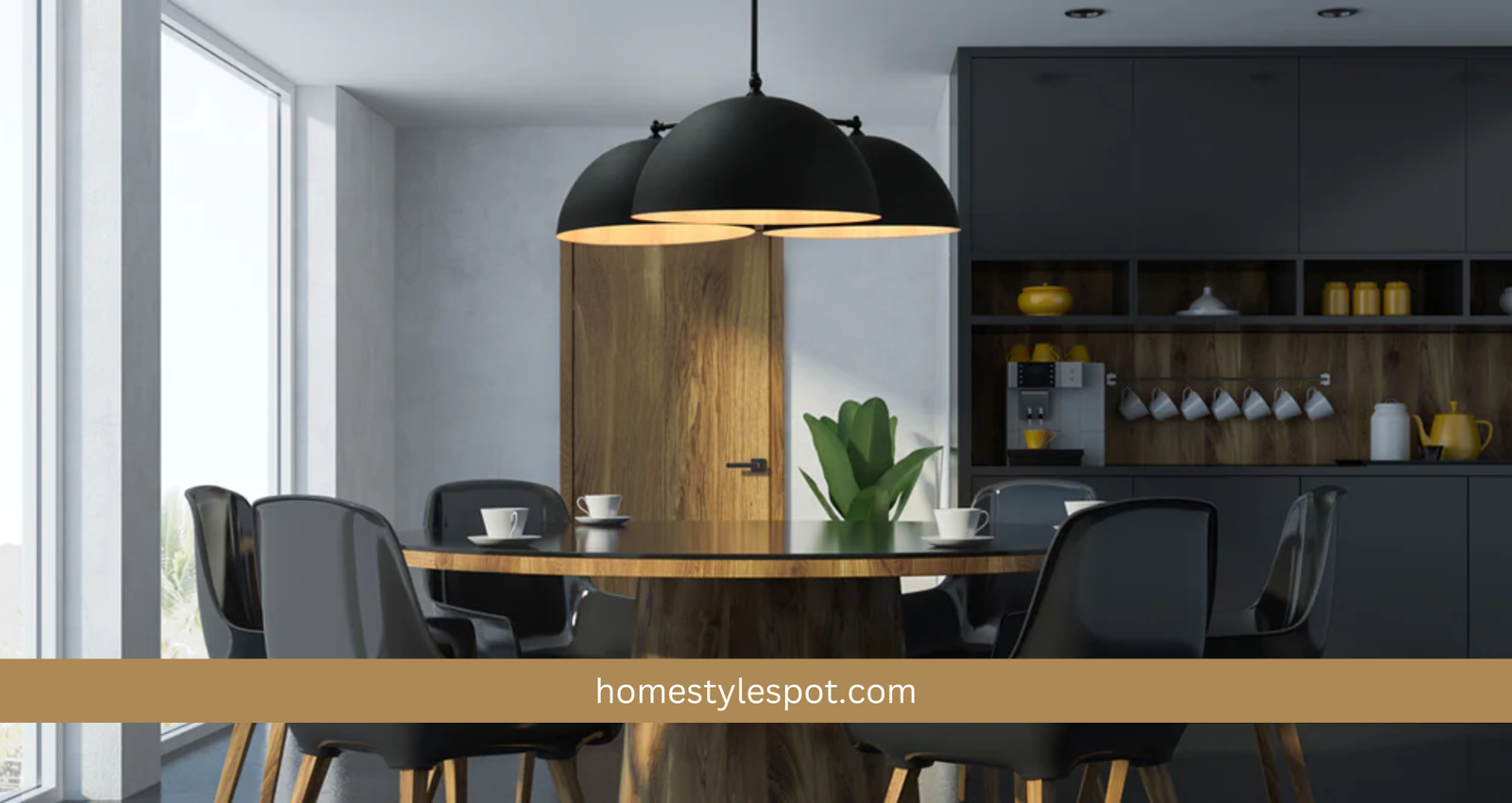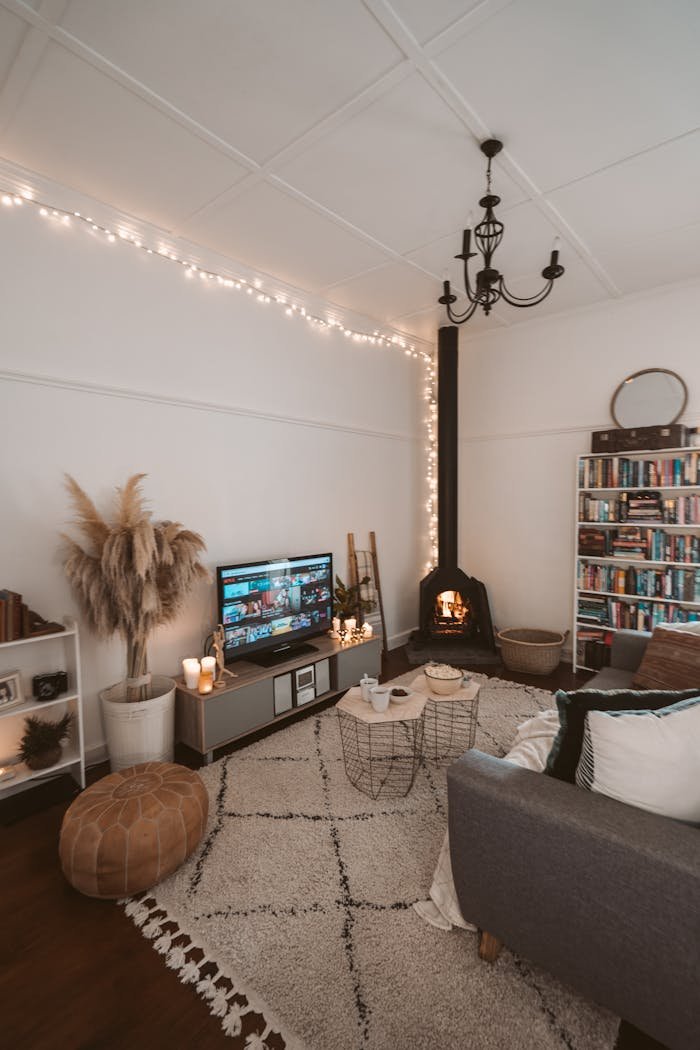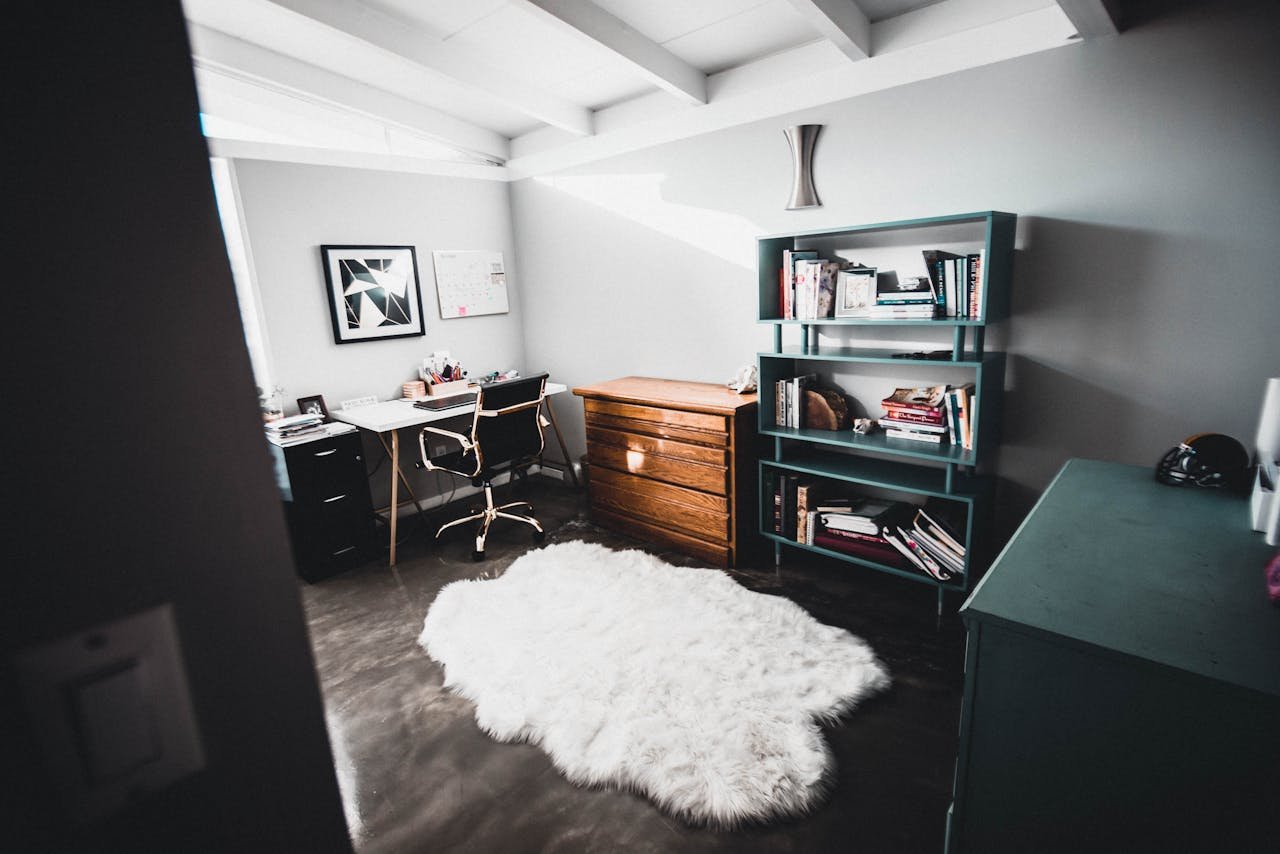Pendant Lighting
Has there ever been a time that you stepped into a room without someone telling you that the room was special? I am sure that choosing the right pendant lighting was instrumental in making that perfect atmosphere. Whether you are a homeowner redoing your home, an interior designer in search of inspiration or simply a lover of all things decor and willing to make a statement, choosing the right type of pendant lights can enhance your overall decor.
Pendant lighting is not only an object that serves an illumination purpose but it is an art that defined the composition of a specific area in a building. Starting from today’s trending trends to the classic retro themes, you will find great resources online that match every taste. Again, with all the pendants lights out there, how can you be sure which ones will give you the light and accentuate your home’s personality?
In this article, you’ll get to know what to focus on when selecting pendant lighting so that you can make the correct decision without a problem. Be ready to make many changes in your home and to organize a really superb center of attraction to turn everybody’s looks to you and admiration.
What is Pendant Lighting?
Pendant lighting refers to any light fixture that is suspended from the ceiling and while it serves a purpose, it also adds the aesthetic aspect. Single pendants are designed for single source lighting, multilight pendants for large areas, minipendants for multiple in small clusters and chandeliers for large statements in larger rooms. People understand that everything has its kind as one kind suits the other needs and the type of design.
How to select the right pendant lighting for your home?
Consider Your Room Size and Ceiling Height
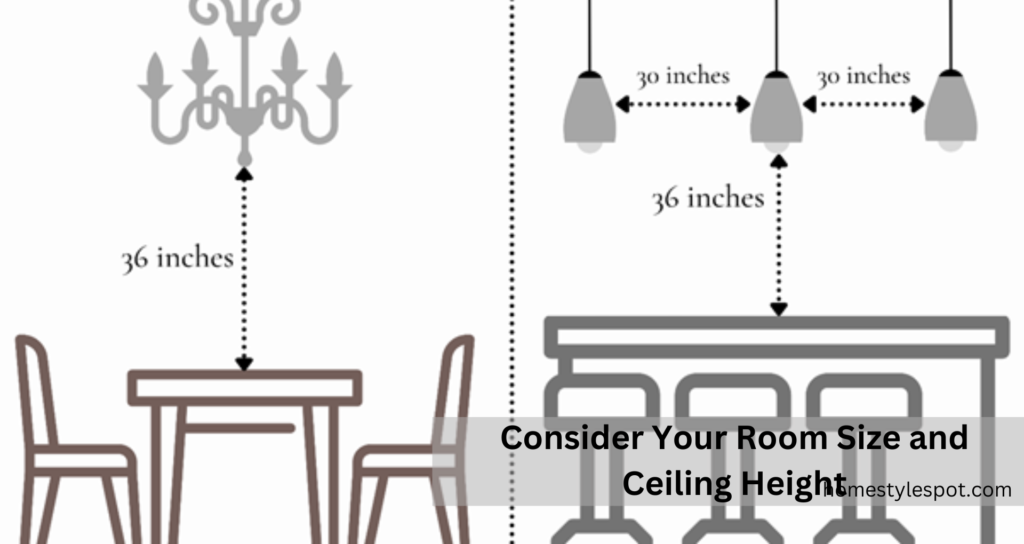
Size of the room and the height of the ceilings are some of the most important factors that one has to consider when choosing pendant lights. Larger rooms require one large pendant light or several mini pendants combined in order not to overzone the space. However, multi-light pendants and chandeliers are suitable for greater spaces since such just intense source does not seem precise as either too bright or too dim.
Ceiling height can also be an issue; short ceilings call for pendant lights not to be too long because they’ll need to have some distance from the ceiling; tall ceilings on the other hand allow for longer and bolder pendant lights. Ensure that size and length of pendant light match the size of the room in that it should not only be practical but also harmonize with the rest of the room.
Match Pendant Lighting to Your Interior Design Style
Pendant lighting also should match the style of the room, the same way chandeliers do; however, since pendant lighting hangs from the ceiling, it is somewhat different. The perfect pendant light would be a contemporary one with straight lines and no much detailing on them.
If you want more of a wilderness feeling, choose industrial or wagon wheel lights with copper or even wooden handles. For a more conventional look, glamour crystal or fabric pendant chandeliers will suffice. Using pendant lights that blend with your interior design means having continuity in the appearance of your rooms.
Selecting Materials and Finishes for Pendant Lighting
The materials and finishes really make or break the right look in any space when choosing pendant lighting. Glass and crystal pendants give off an air of elegance and clarity, while metal finishes often bring modern or industrial effects with brass, matte black, or chrome. Wood accents have that warm and textured feel to them, so they work amazing in rustic or farmhouse styles. For a softer, cozier ambiance, consider fabric or linen shades. Consider the materials and finishes that fit the decor of your room and personal style.
Choosing Pendant Lighting for Specific Rooms
For Kitchens: The island and counters use pendant light as a task light source. An alternating row of small or medium-sized pendants gives an excellent and even distribution. Over dining space, a dramatic-sized pendant light, chandelier could add an amazing touch while giving balance in terms of interior.
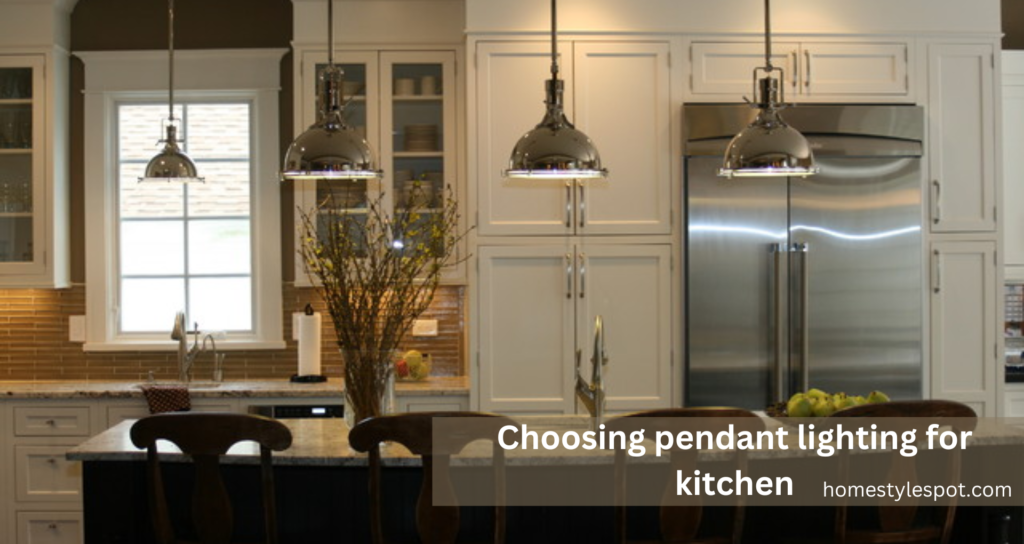
Dining Rooms: Pendant lights for a dining table would be best to use to enhance warmth and coziness around the table. Bigger lighting such as chandelier or a group of pendants may be suitable over the dining table and provide enough light for dining with style.
Living Rooms: Pendant lighting can add accent interest in living rooms or be the centerpiece. For drama, install oversized pendants, or several small pendants together to add a lot of visual interest to your space’s design.
Bedrooms: Bedrooms will benefit from softer pendant lighting for a cozy feel and relaxing mood. Fabric or glass pendants that are dimmable are best used to add a soft, ambient light source without detracting from the décor of your bedroom.
Types of Pendant Lights for Different Needs
Mini Pendants: Suitable for small spaces or to be hung in a group. These smaller lights will not overwhelm the room but instead will provide focused light, which makes them suitable for narrow hallways or small dining areas.
Multi-Light Pendants: For larger rooms or high ceilings, multi-light pendants are used. They give a more even light across a larger area and work well in open-plan spaces or above large kitchen islands, where more light is needed.
Adjustable Pendant Lights: Flexible lights that can be changed according to height and direction for adjustable illumination on a particular task or mood. They are suitable where lighting needs change, such as during cooking in the kitchen counter or reading in the reading area.
Chandeliers & Large Pendants. These pieces serve as show-stoppers, bringing the focus into grand rooms. They’re especially well-suited for dining rooms, entryways, or living rooms with vaulted ceilings; their presence is one of elegance and drama and they also allow enough light in a room.
Material and Finish Choices
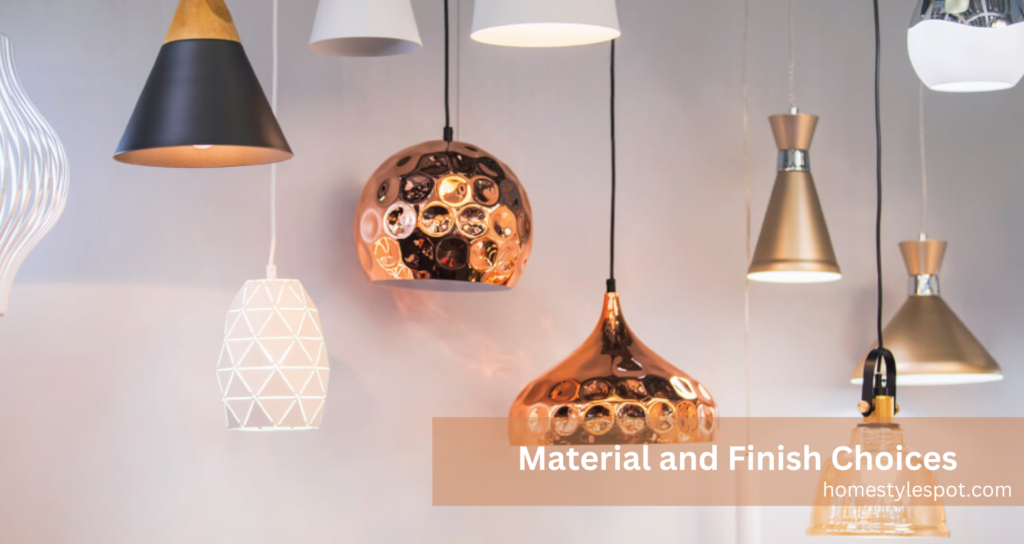
When selecting pendant lighting, the type of material and especially the finish is going to influence the style of the room. The glass type provides a contemporary and sleek look with different kinds of finishes perfect for the contemporary ones. Brass, copper and steel give a industrial look or and sleek look, where wood gives a more natural or country look. Fabric shades provide quite gentle and diffused light that can be great for the rooms that you want to be quite comfortable.
In finishes, brass is used for more traditional look while matte are suitable especially in a modern and industrial décor. Stainless looks sophisticated and has become more accepted in contemporary homes while black or white are near neutral and can be incorporated in any design. When selecting pendant lighting, getting the appropriate material and texture helps maintains a match between your pendant lighting and other items in the room.
How to Install Pendant Lighting Your Step-by-step guide
Switch Off the Power: To begin with, a circuit breaker should be used to put off electricity in case of an electrical current.
Remove the Old Fixture: If the fixture is new, and the existing light is going to be replaced, twist off the old fixture then remove and disconnect the wires .
Mount the Mounting Bracket: Screw the mounting bracket supplied with this pendant light to the ceiling above the electrical box.
Connect the Wiring: Solder the wires of the pendant to the wires in the ceiling. This include; Live wire; black to black Neutral; White to White Ground; to the ground screw of the ceiling. Attach the Pendant Light: Once the wiring is connected tighten it and then finally fix the pendant light to the mounting bracket and make sure it has appropriate steady fixing.
Test the Light: Turn the circuit breaker back ON and use the pendant light to check whether it is functioning properly or not.
Common Mistakes to Avoid
Choosing Lights That Are Too Small or Too Large: Unbalanced can be caused when using pendant lights that do not fit the room’s scale. The lighting in a big room will be minimal when applying small lights, and oversized fixtures will overwhelm a small room.
Ignoring the room layout and light distribution: It may end up poorly lit in some areas of the room. Make sure that the pendant lights cover key areas such as kitchen islands or dining tables without leaving shadows or dark spots.
Poor Placement and Inadequate Lighting Coverage: If pendant lights are hung too high or too low, this might affect both their functionality and aesthetics. It will always result in inadequate lighting coverage, especially in task areas, and in some cases, might make the fixture look out of place. Always measure the proper height and positioning based on the needs of the room.
FAQ’s
Which pendant lighting are ideal since I always consider the size of my room and the height of the ceiling?
Take into consideration how big your room is and how high the ceiling of your room is. One or two pendants usually will suffice for a large room, or larger pendants will be necessary in a small room if you are using only one light source.
Which pendant light styles should exist in the interior, depending on its design?
Make sure that pendant lights that you use are appropriate for your room style. Organic spaces might look good with clean lines while industrial may look good with copper or wood touch. If you want to achieve more traditional look, then crystal or fabric chandeliers will perfectly suit.
How can I decide on the right materials and the ability of the pendent lightings?
Choose the fabric from the same color range as the room in which it will be used. Glass and crystal chandeliers are classy as well as crystal ones, while metal ones containing brass or chrome give a touch of modern or industrial styles, respectively; wood brings the nature factor into the room. If you want an inviting warmth, curtains or linen fabric will be best suitable for the blinds.
Conclusion
Selecting the most appropriate kind of pendant lighting is decisive for improving functionality, as well as aesthetics of space. Lastly based on the room size, ceiling height and interior design, choose the right mini pendants for small rooms, the right chandeliers for large rooms with high ceilings or the adjustable pendant lights that fit either.
Placement and arrangement are critical areas to consider about materiality as well as matching with your interior décor and install them correctly to avoid some of the mistakes mentioned above. The right pendant light provides lighting to the area as well as acts as a piece of art, improving the look of the house. Discuss options or speak to a lighting specialist to obtain the optimum lighting for your home.
